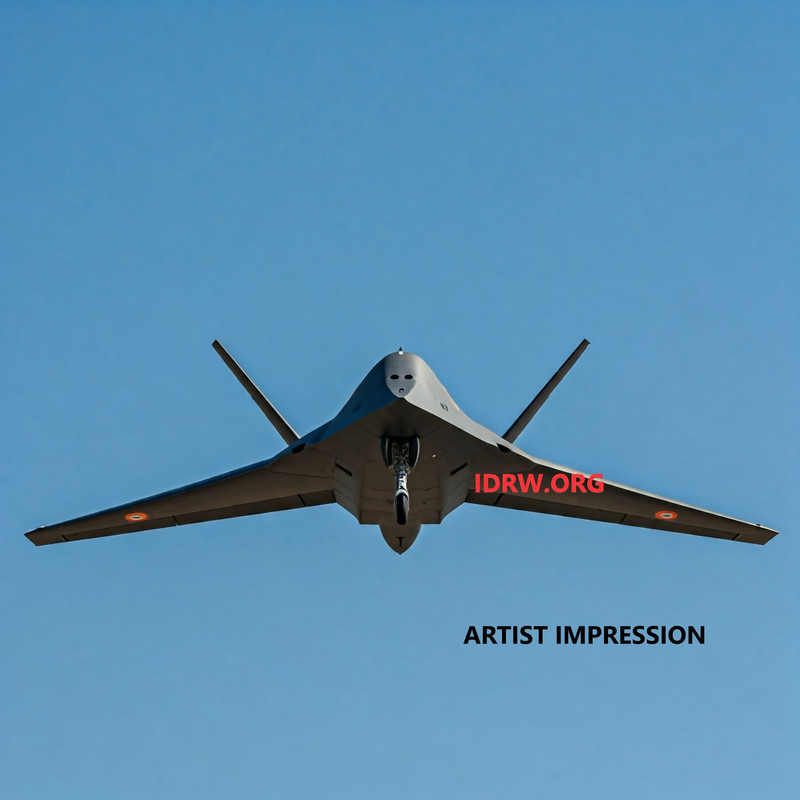SOURCE: RAUNAK KUNDE / NEWS BEAT / IDRW.ORG


The Indian Air Force (IAF) is looking towards unmanned aerial vehicles (UAVs) for its future deep penetration strike capabilities, according to an anonymous IAF official speaking to idrw.org. This shift comes as the IAF plans to retire its fleet of Jaguar deep penetration strike aircraft starting in 2028, with complete retirement by 2035.
The Jaguar, known for its low-level, supersonic flight capabilities and ability to evade radar detection, has been a mainstay in the IAF’s deep strike missions. Jaguar pilots are trained for complex sorties aimed at neutralizing strategic enemy installations deep within hostile territory.
However, the IAF is looking beyond manned platforms for its next generation of deep penetration strike capability. The official revealed that the IAF is currently evaluating two programs for the development of an Unmanned Deep Penetration Strike Platform (UDPSP). Talks are ongoing to define the exact specifications of this platform, with a focus on achieving a balance between stealth, low cost, and significant payload capacity.
The ideal UDSPS will be able to penetrate deep behind enemy lines, deliver a substantial payload to neutralize military facilities, and remain undetected by enemy radar systems. This prioritization of stealth and payload suggests the IAF envisions a highly capable, long-range UAV specifically designed for complex strike missions.
The development of a UDSPS aligns with the global trend towards unmanned aerial combat vehicles. UAVs offer several advantages over manned aircraft, including lower operational costs, reduced risk to pilots, and the ability to perform missions in high-threat environments.
This move towards an unmanned platform signifies the IAF’s strategic shift towards adopting next-generation technologies for its deep penetration strike missions. The success of this project will be crucial in maintaining the IAF’s ability to conduct long-range precision attacks in the face of evolving threats and air defence systems.
NOTE : Article cannot be reproduced without written permission of idrw.org in any form even for YouTube Videos to avoid Copy right strikes. Websites doing illegal reproductions will get DMCA and Legal Notices.